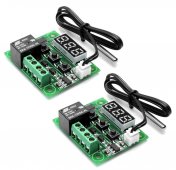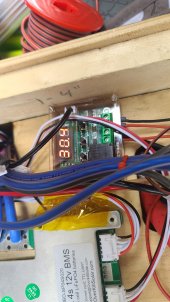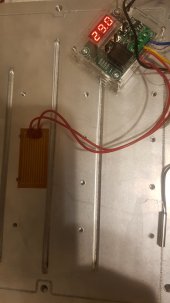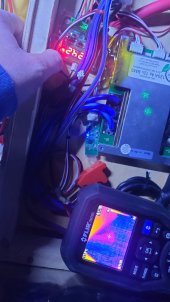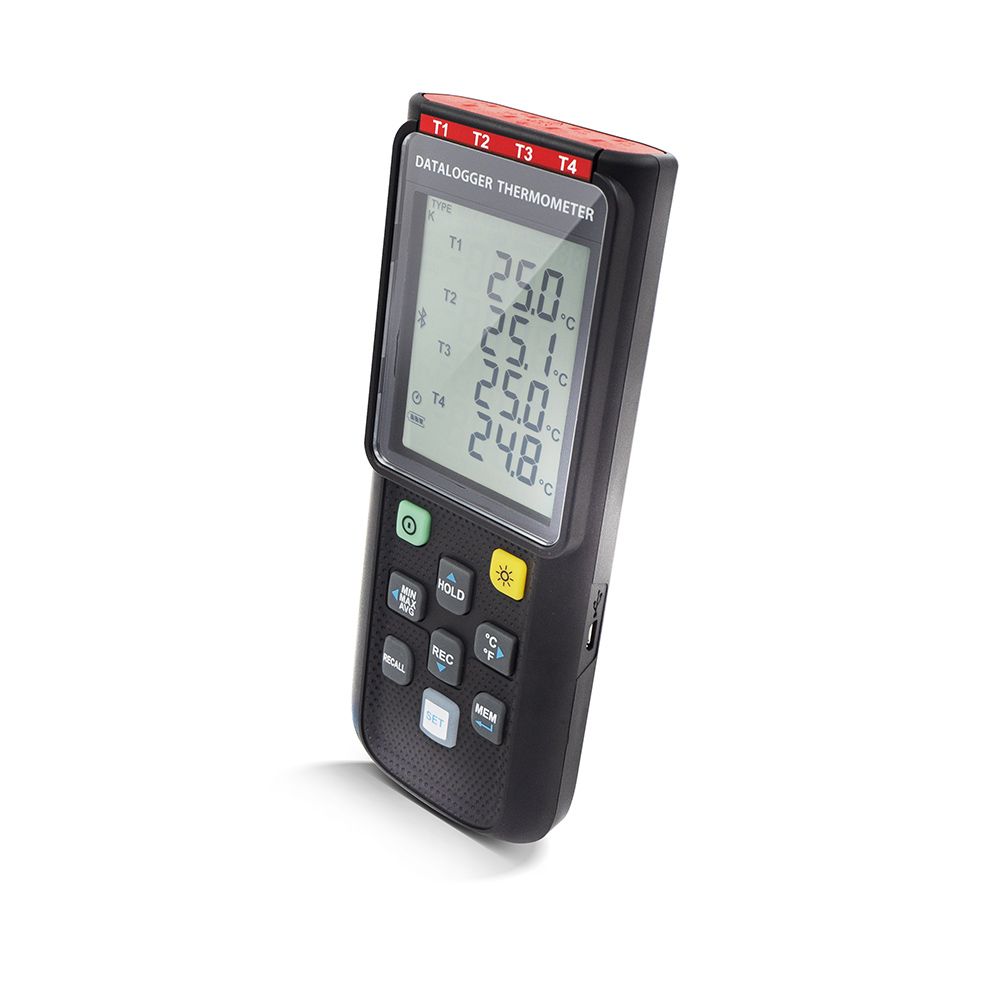Since I can, and will use this for work I've ordered this bad boy and some type k probes.
4 input multi probe type including type N and R thermocouple thermometer with high accuracy and precision to measure temperature. Find out more now.

perfectprime.com
I don't need calibration, high accuracy, or precision for what I do (for work, +/- 5F is fine) but I have needed logging for some time and the cost is low enough that I can buy it rather than having my employer pay and thus own it.
I'll use this at the pads, halfway up the cells on the opposite side of the battery, one on top of the battery, and one for ambient temp I'm thinking.
I'm thinking I can detect the pads on/off via nearby sensor, though there will be some expected latency.
My goal is to ensure bottom doesn't exceed, say, 25C while the top doesn't dip below 5C. As we discussed earlier about two thermostats I ordered an inexpensive mechanical capillary thermostat which I'll use to cut off the power to the bottom digital controller based on the top of the cell reaching, say 10C or so.
The only reason I'm cutting power to the controller instead of just interrupting the pad power is, as I mentioned before, to hopefully reduce the total on-time of the digital one since those displays and cheap components don't last forever.
I'll use the shunt to get an idea of total power used per hour at X ambient temperature and if I'm really motivated I'll repeat at a few temp ranges as it gets cooler this year.
It's also possible I'm totally wasting my time with ensuring the bottom doesn't get too hot as the cells may conduct heat quickly enough that the bottom doesn't get hot enough to worry about before the top gets up to temp.
However I also don't want a false sense of security in the the bottom might be warm but the top still too cold and then I'm damaging half the cell, though I feel that's unlikely.




